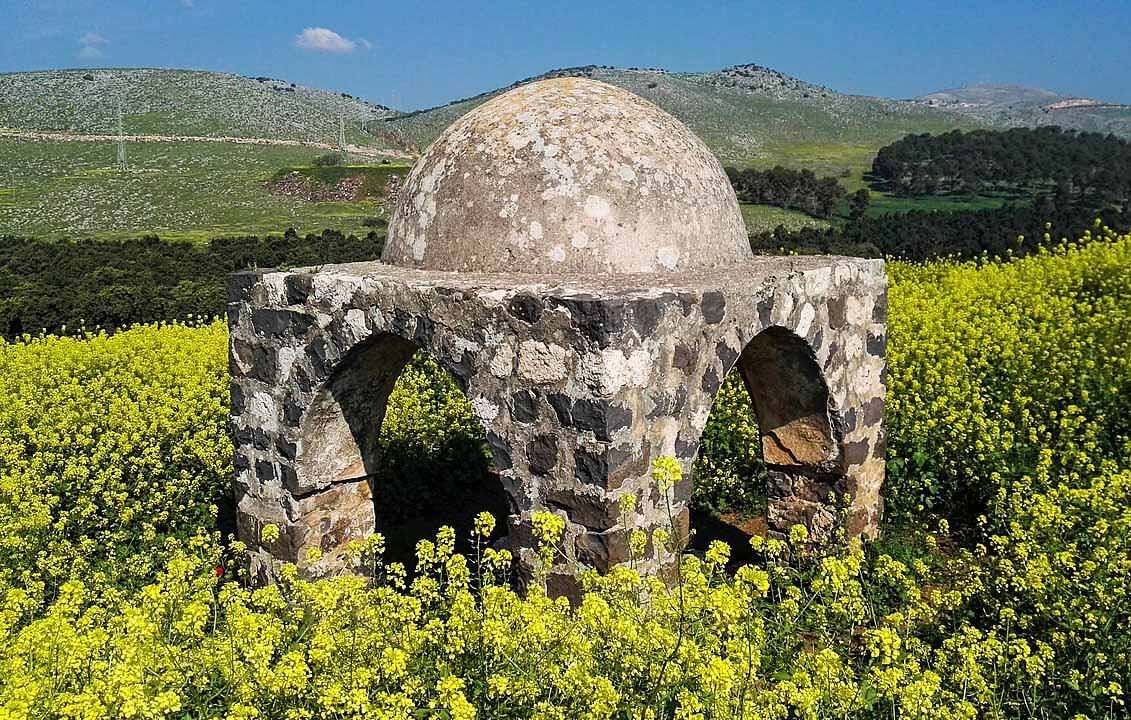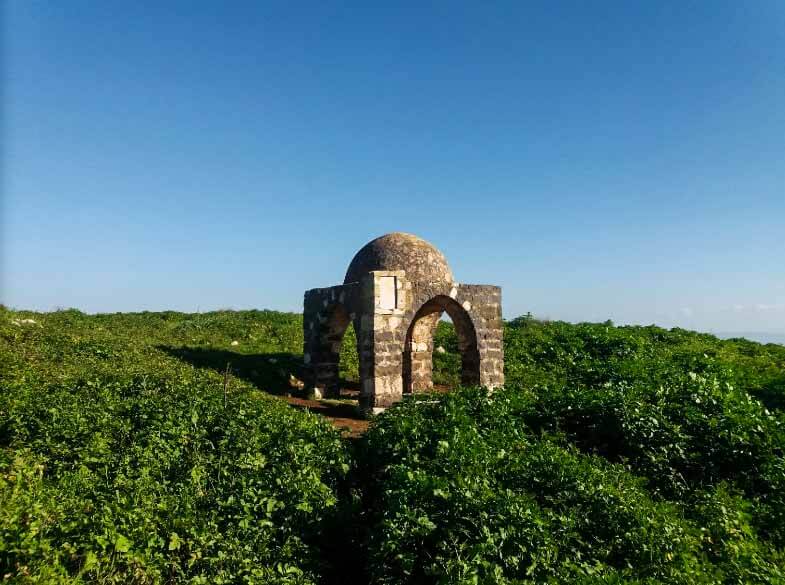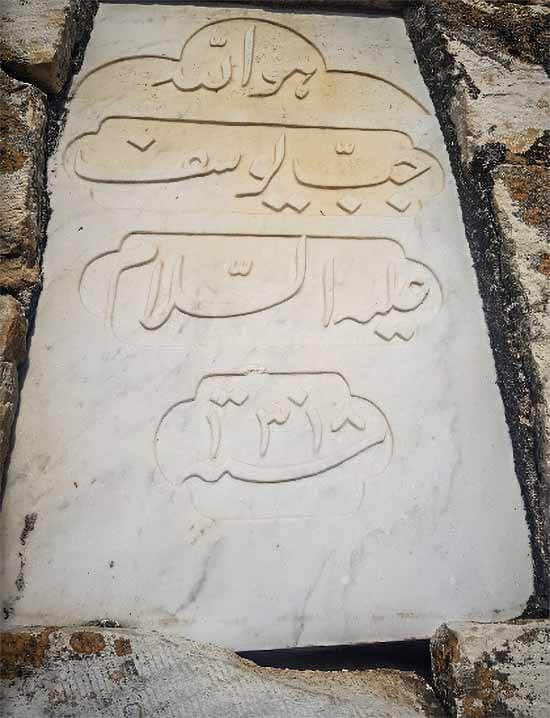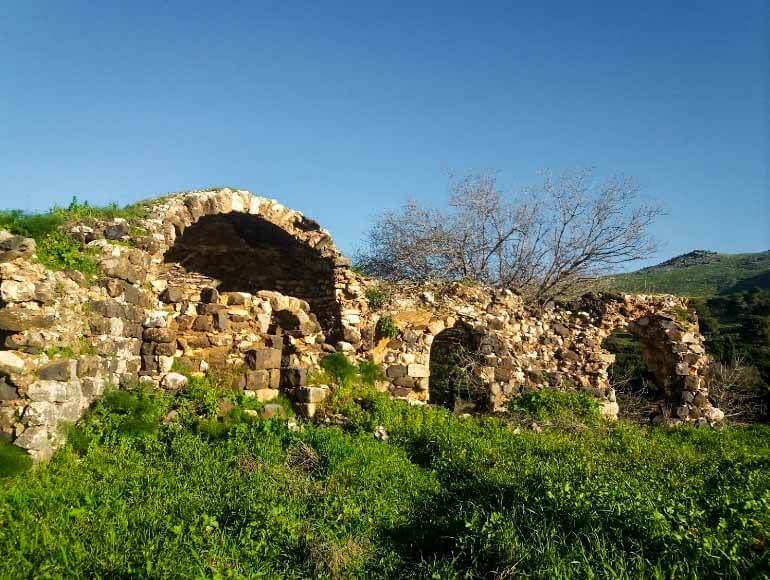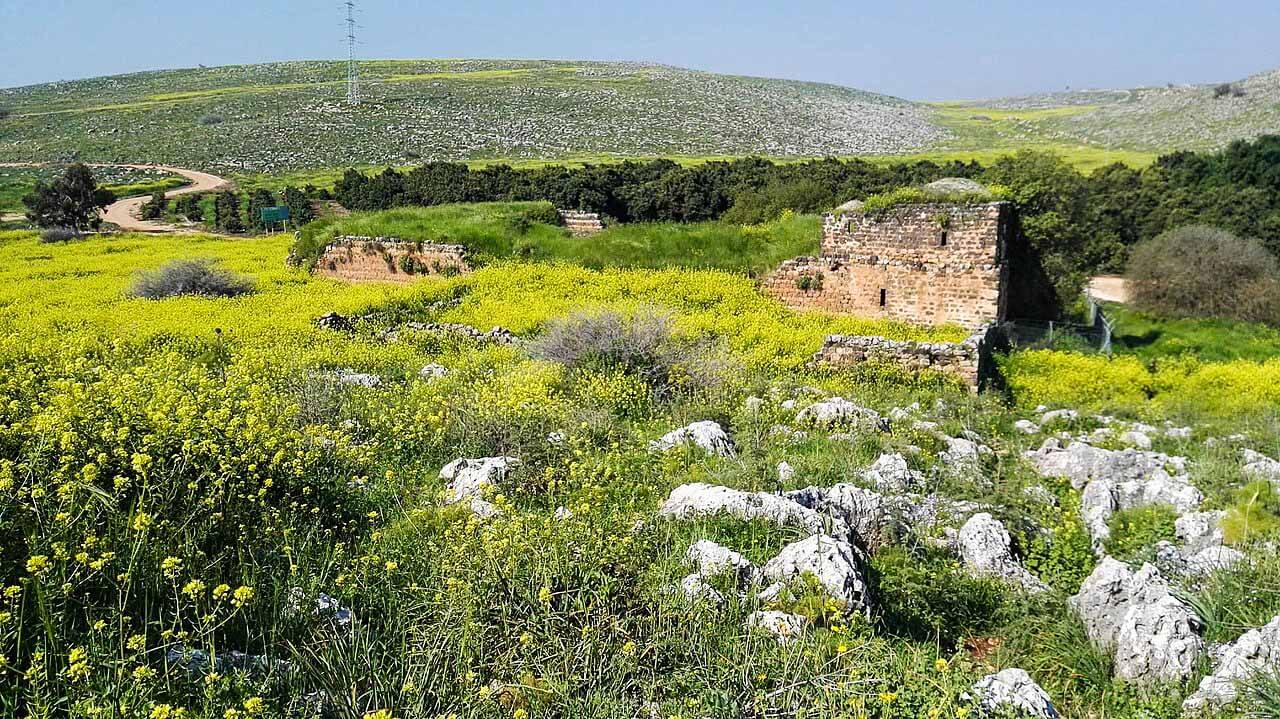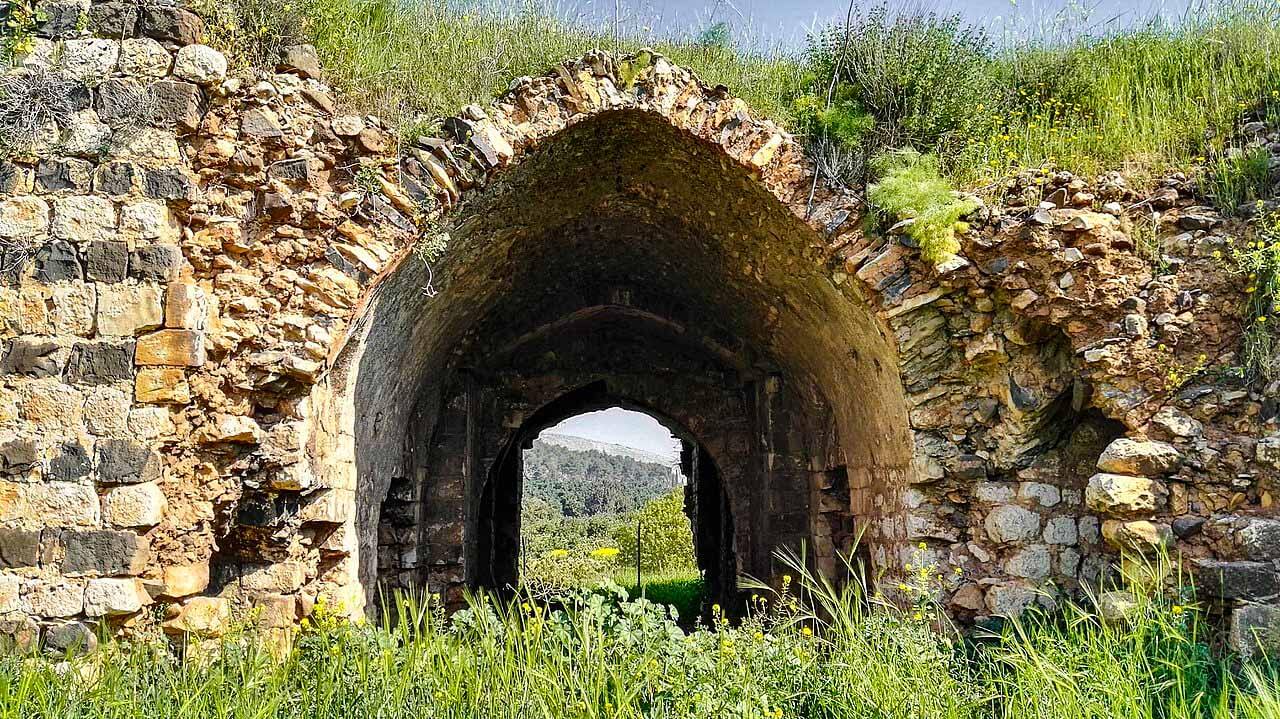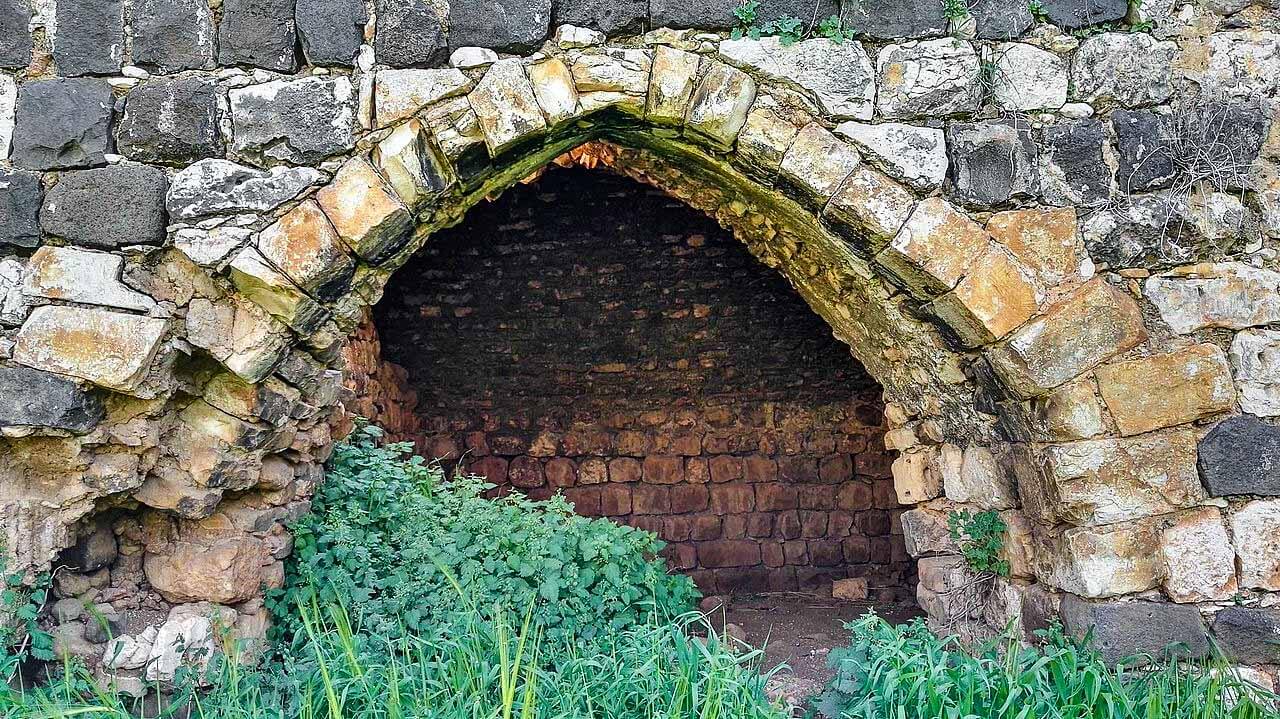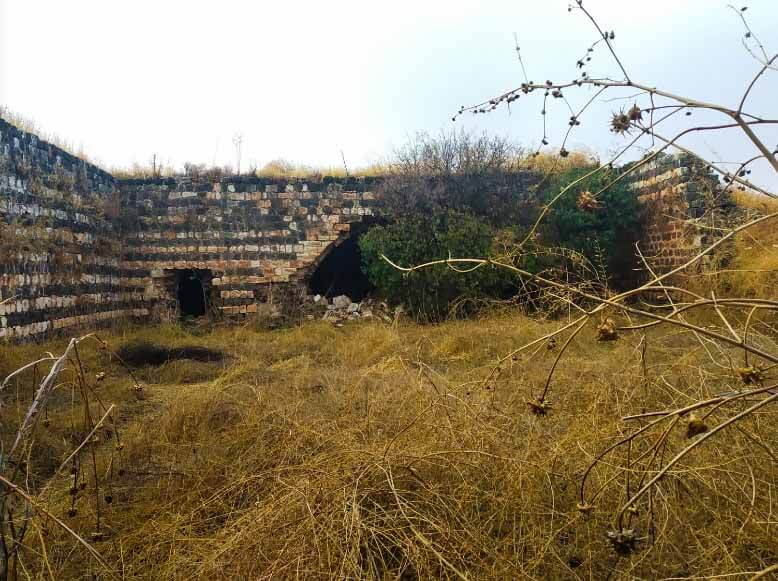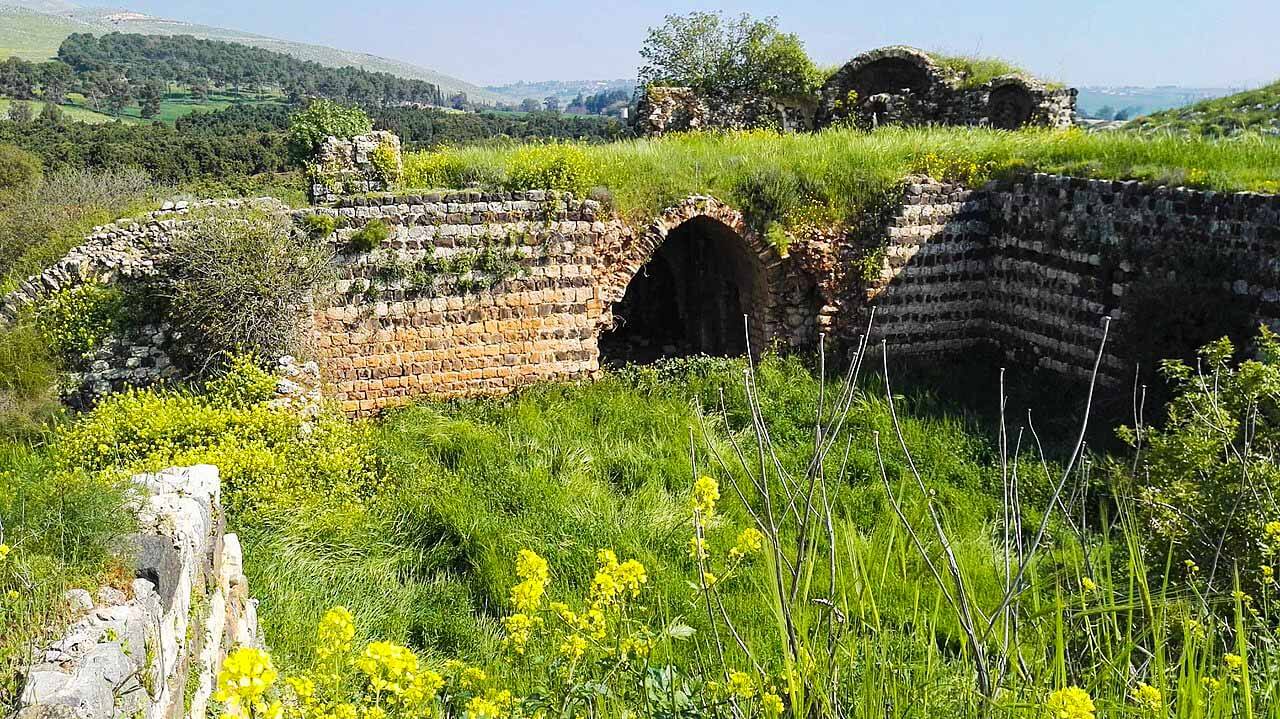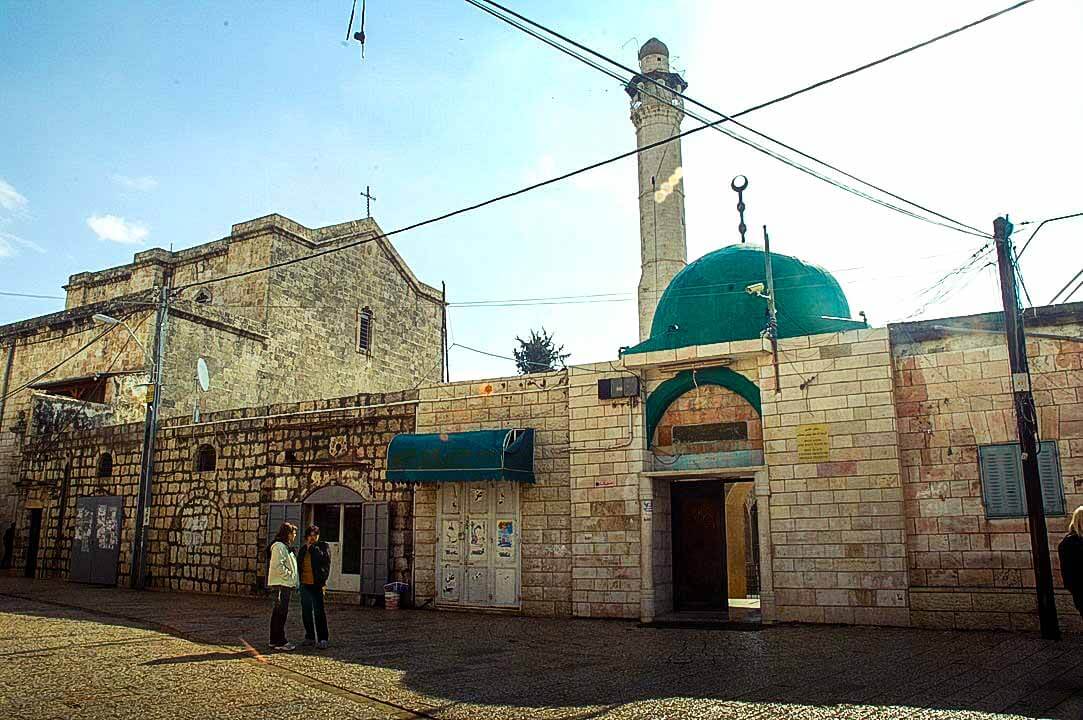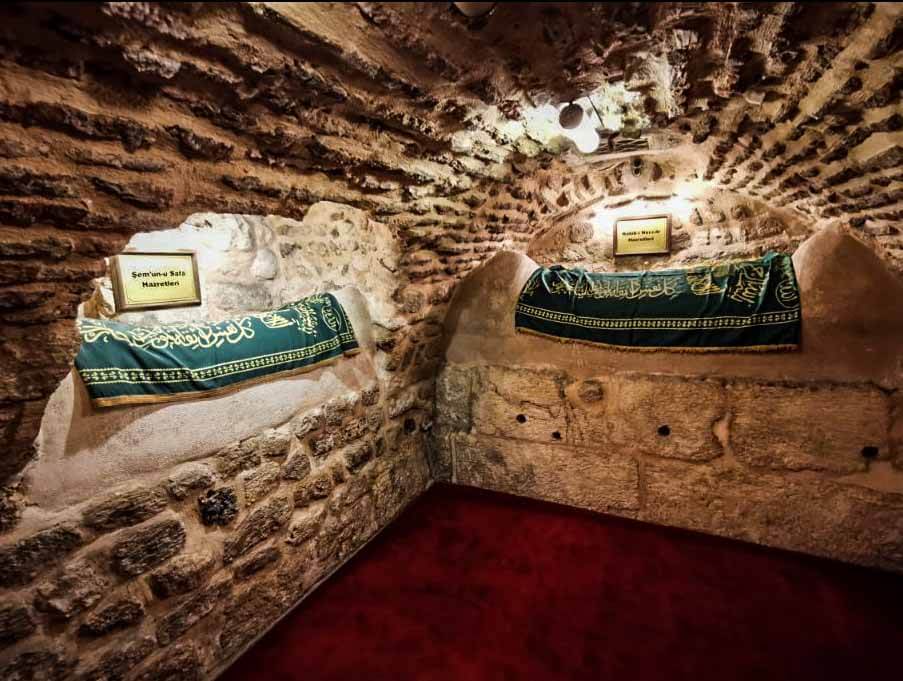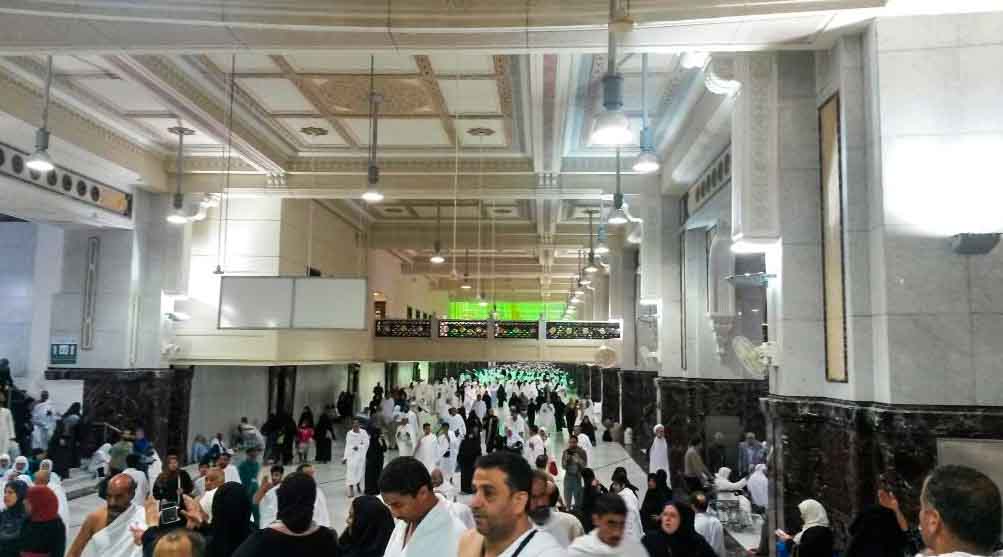Galilee, Israel occupied Palestine
Coordinates: 32.919444, 35.536944
The Well of Hz. Yusuf عليه اسلام is believed and respected, by both Muslims and Christians, as the pit into which the prophet Yusuf was cast into by his brothers, later to be sold to a caravan making its way toward Egypt.
It consists of a dug-out pit with a diameter of one meter and depth of about four meters, roofed by a cupola supported by four pillars.
Indian Pilgrim
In 1900 a philanthropist from India came to Jubb Yussef, and set a marble on the domed structure above the pit, on which was engraved:
In the name of Allah Pit of Hz. Yusuf عليه اسلام
Commented by Ibn Battuta
Ibn Battuta passes through the area and describes a well and a mosque in the yard, but does not mention the settlement.
It is possible that the settlement did exist, but Ibn Battuta, an experienced geographer, chose to describe the unique features of the place, without placing much importance on the settlement itself.
In the Quran, Jubb Yussef is mentioned in two verses:
Surah 12 verses 10 and 15. Verse 10 says that one of the brothers of Hz. Yusuf عليه اسلام opposed killing him, and said it would be better to throw him into the bottom of a pit (jubb), so that one of processions could take him from there.
Verse 15 says that when Hz. Yusuf عليه اسلام was cast into the pit, Allah told him that he, Hz. Yusuf عليه اسلام, would one day remind his brothers of this incident.
Muslim commentators about the site
Muslim commentators disagree over the location of the pit. Some place it in Jerusalem, while others say it was in “Syria.”
The mid-10th century geographer Al-Istakhari placed the pit in the Galilee, which was more likely than between Sangil and Shechem.
This was the common tradition from the 10th century onward, to the point that Jubb Yussef served as a geographical landmark in the region: Qudamah of Bagdad, who lived during the first half of the 10th century, mentions Jubb Yussef as a location between Kfar Leila and Tiberias.
Al-Muqaddasi supplements further details in 985, and also mentions Jubb Yussef as a landmark and to note distances to different destinations.
In the 12th and 13th century, the Crusaders accepted the Muslim narrative but since the Bible states that the pit is located in Dothan, they named the region Dothan. More detailed descriptions of Jubb Yussef can be found in Arab sources.



